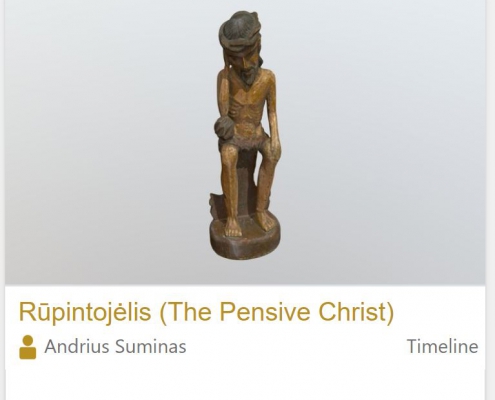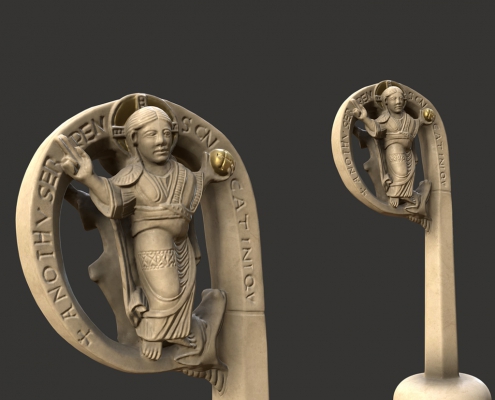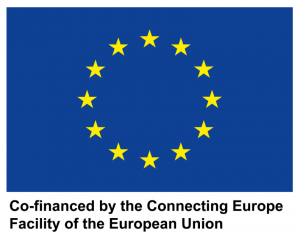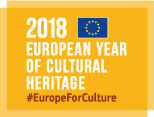Description
Target Audience
The education audience includes:
- Professionals involved with learning at schools, colleges, universities and other educational institutions, with educational roles in cultural institutions, and in the private sector. With a special focus on those with an interest in the cultural heritage. Although educational curricula and national priorities differ, there is a common desire to make interesting and inspiring content, and experiences, available for students and lifelong learners.
- Commercial members of this audience include educational publishers, learning software providers and content developers. Some integrate and showcase cultural heritage content on their digital learning platforms. Others create and publish learning resources with cultural heritage content (MOOCs, e-books) or develop educational applications and games.
- Policy-makers including governmental bodies involved in designing and promoting educational policies on a European and national level. These partners can help grow awareness of Europeana as an education resource and make valuable introductions to national educational publishers.
- Educational NGOs and associations, who can help raise awareness through their online portals and reaching educators across Europe.
- Higher education students engaged in formal post-secondary education.
- Users of Europeana collections, that provide multiple perspectives on historical, political, economic, cultural and human developments across Europe and beyond.
d.
Envisaged scenario of the Dashboard for this audience
One scenario envisaged for this audience is use of the Dashboard by educational institutions as a learning tool for students in history, computer science, maths or geography classes. Creating and uploading 3D content to Sketchfab and then using the Share3D Dashboard to create metadata could be a class assignment for secondary and/or higher education students. 3D has been used in schools for project based learning for pupils to develop their digital skills.
Higher education providers can use the Dashboard as a learning tool for students to explain the metadata that is required to describe 3D content and make it discoverable on a platform such as Europeana. Students of higher education receive assignments such as scanning historical, cultural or archeological objects and learning how to work with various technologies and using the Dashboard to understand the metadata requirements, the use of Linked Open data and the creation of EDM records in XML format.
Use of the Storymaker for this audience
Uses of the storymaker for this audience include:
Education institutions can use the Storymaker to create educational stories and teaching resources using various materials from Europeana and Sketchfab. The stories or in-class teaching materials then can be shared online or to be viewed on digital platforms – e.g. interactive school boards, tablets, projector screens or output as PDFs to provide handouts.
Educators can integrate the use of the Storymaker in their students’ assignments. For third level courses the Storymaker might be used for making thematic presentations or defending coursework and class projects about history, architecture, art and other related fields. In secondary education, educators might use the Storymaker as part of assignments given before or after sightseeing excursions or visits to sites, museums etc.
Students can use the Storymaker to make various presentations, thesis defense and other coursework that require analysis of visual data of cultural heritage. The Storymaker allows re-use of content already available in Europeana and Sketchfab to create stories and share them on different platforms (i.e social networks, school/college papers online).
For learning software providers Storymaker can serve to integrate and showcase cultural heritage content on their new or existing digital learning platforms. For others it can help to create and publish learning resources with cultural heritage content (MOOCs, e-books) or to develop educational applications for kids, games.
Educators in cultural institutions can also make use of the Storymaker to supplement their websites with educational materials (e.g. online learning materials, worksheets, classroom tasks etc.) to support teachers and educational groups to make use of the museum’s resources in attractive and contemporary ways.








